Architecture that Inspires Wonder: RIOS’ Point of View
RIOS’ design philosophy challenges traditional boundaries and embraces complexity. For us, the imperative is that design must pursue wonder—and a wonder-driven approach teaches us how to be curious, to challenge the status quo, and to reimagine what is possible. Places should not feel placeless; they should fundamentally fascinate and surprise. We weave together resilience and foresight, crafting spaces that grow in both meaning and value across generations.
New Function – Questioning Everything: The Power of Typological Radicalism
Traditional design frameworks mostly rely on established typologies—predefined categories that dictate how spaces and structures should function. Typologies are often inherently predictable and increasingly obsolete. Because they are not innovative or, moreover, not responsive to unpredictable and dynamic changes in society, culture, and environment they don’t leave much margin for error.
Consider the modern office. Is it still just a place for work, or can it become a dynamic ecosystem that adapts to evolving work cultures? The Spotify Los Angeles Content Campus project reimagines the workplace not as a fixed environment, but as a fluid, responsive work ecosystem. As a result, it is an enduring solution that has been able to transform with Spotify and its workplace culture after a global pandemic changed everything we knew about the template for the office.
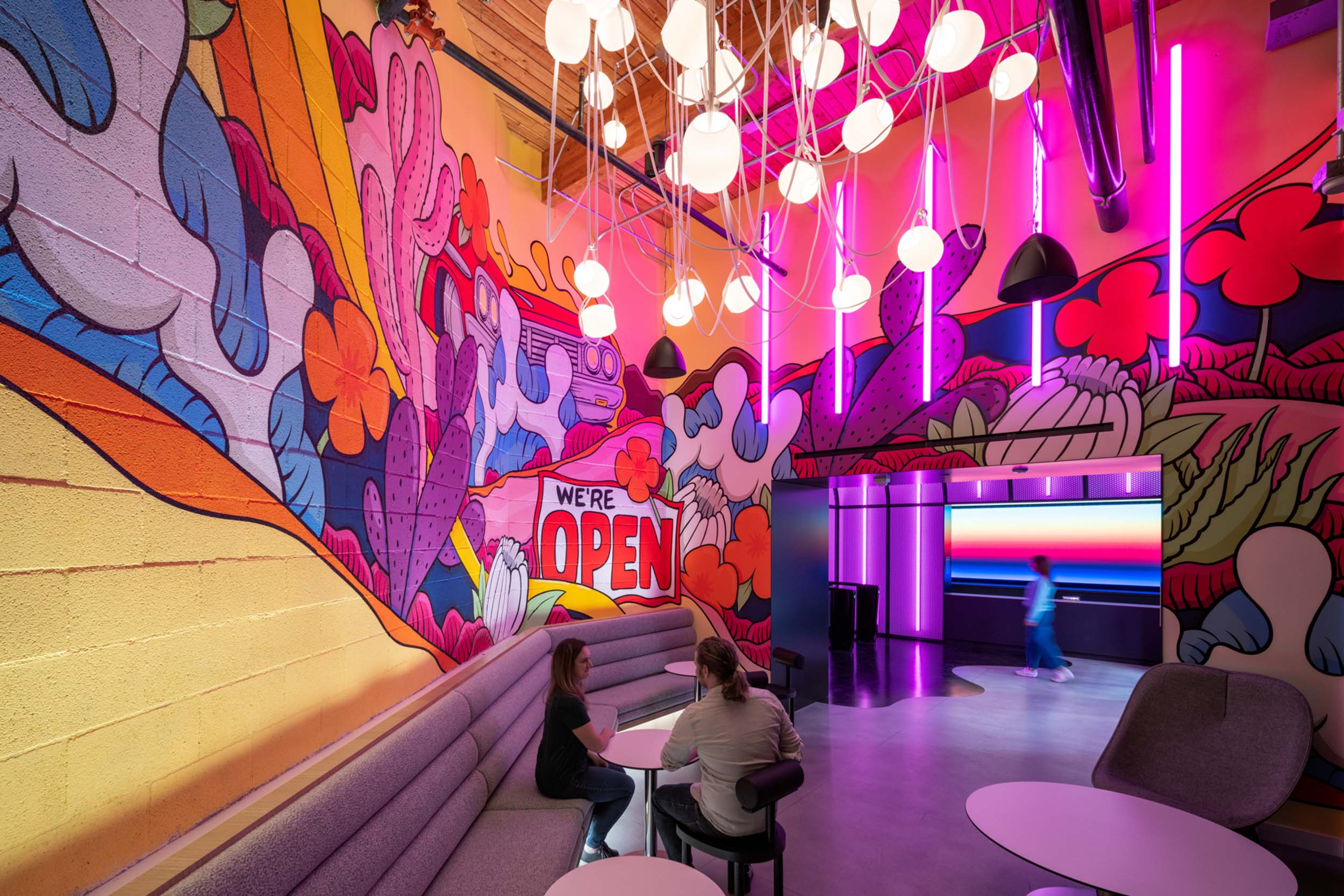
The design challenges traditional office typology, allowing all of the functions of a content campus from stages to artist experiences to workplace to intermingle.
What is a stadium? The Pingshan Sports Park in eastern Shenzhen, China questions the form of athletic facilities as typically monolithic structures that create urban voids between events. Can a stadium or arena evolve beyond a single-purpose venue into an integrated piece of urban fabric? By dissolving the boundaries between sport and daily life, the project reimagines how athletic infrastructure can actively participate in community life, transforming from an occasional destination into a constant contributor to urban vitality.
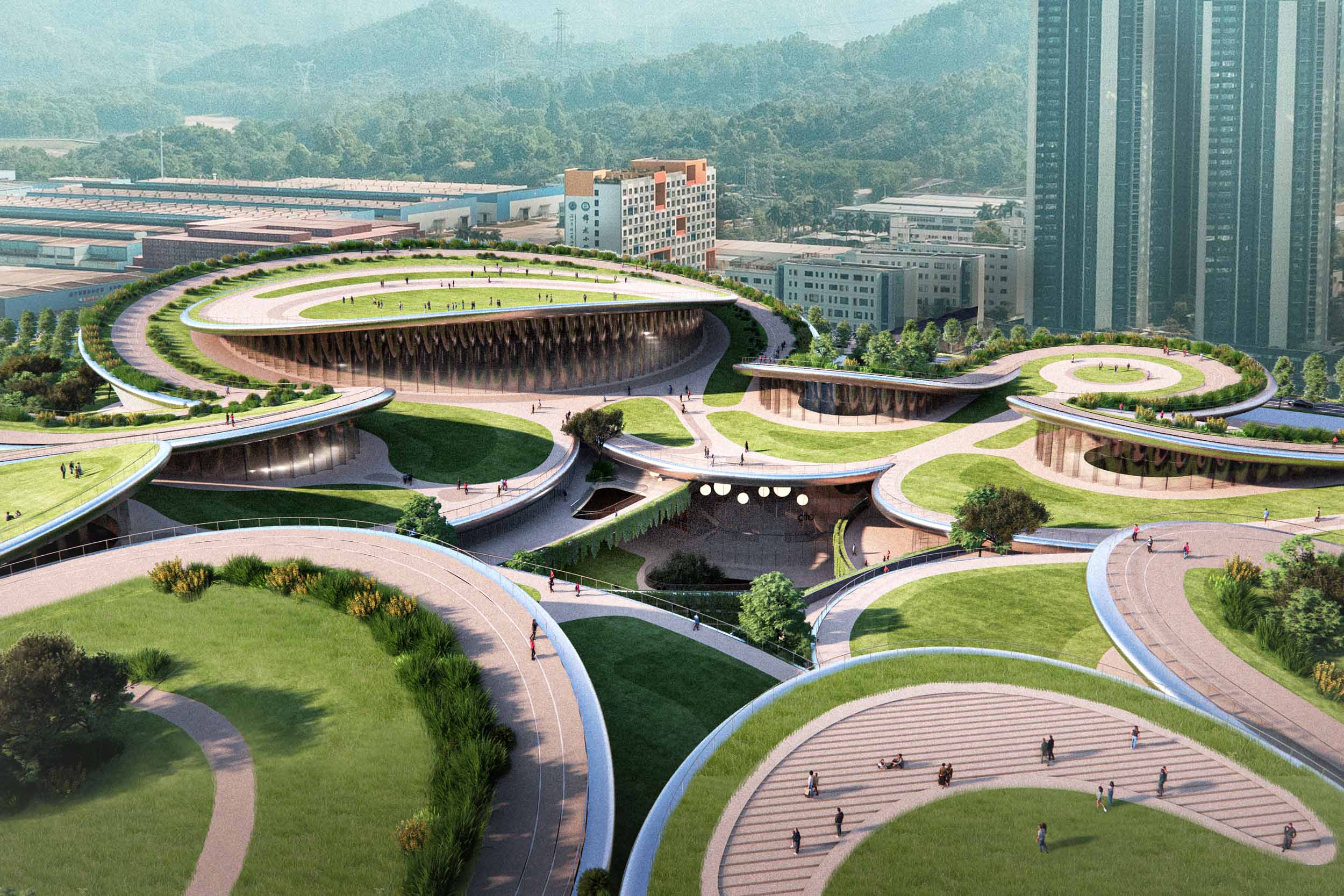
Questioning traditional typologies leads to more dynamic, integrated design solutions that enhance their surroundings.
This “typological radicalism” isn’t about rejecting tradition, but about critically examining our assumptions. Every project begins with a fundamental question: What could this space become, rather than what it has always been?
New Vernacular – Beyond Aesthetics: The Deeper Meaning of Place
Design is more than visual appeal or historical reference. We believe it is about uncovering the unique narrative of a location—what we call “learning to local.” We dive deep into the cultural, geological, and social contexts that make a place unique, knowing that solutions cannot be simply transplanted from one location to another if they are going to instill a sense of ownership and belonging in the people who use them.
Our work on projects like the Twin Lakes Central Park in Changzhou, China demonstrates this philosophy. We explored the site’s mythological significance, its ecological characteristics, and the community’s relationship with the landscape. The result is not just a design, but a story told through spatial experience.
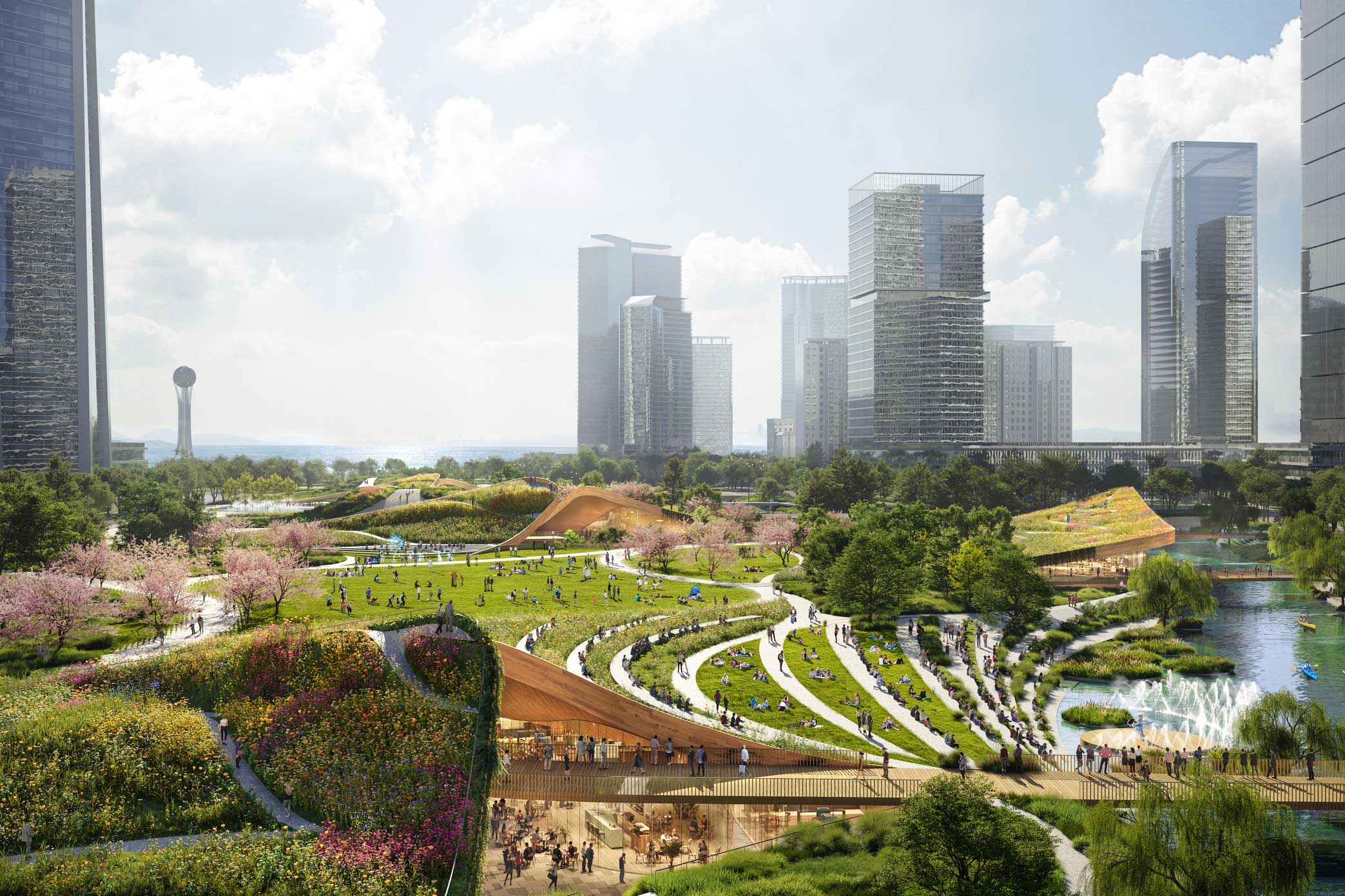
We explored the intersection of ecology and innovation to weave together green spaces, retail, civic life, and workplaces to create an open city that inspires joyful urban living.
New Nature – Bridging Disciplines: A New Understanding of Nature
Our practice stands apart by breaking down disciplinary boundaries. Rather than viewing architecture, landscape, and urban design as separate domains, we see design as a unified intervention. This perspective challenges the traditional dichotomy between human-made and natural environments. Instead of treating built and natural systems as opposing forces, we recognize an essential truth: human activity and natural processes are deeply interconnected, each shaping and responding to the other.
For example, advances in our ability to observe and document conditions scientifically have allowed us to see familiar phenomena in completely new ways. Inspired by these pivotal moments, we seek to create designs that acknowledge our fundamental interconnectedness with the natural world.
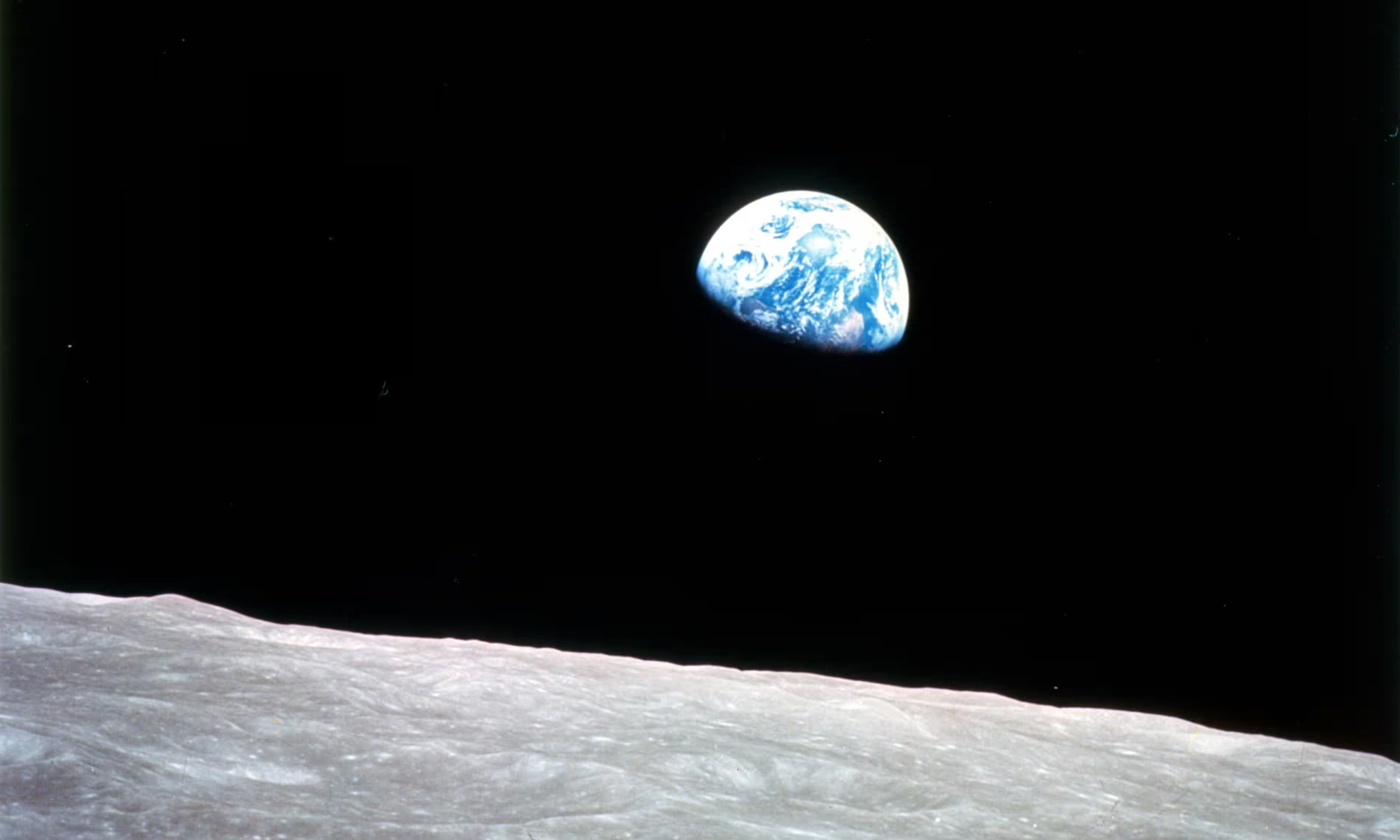
"Earthrise" the first color photograph of the Earth, taken in 1968, transformed our understanding of our planet. This image taken by astronaut William Anders during the Apollo 8 mission, was dubbed "the most influential environmental photograph ever taken."
Curiosity as a Design Methodology
Wonder is not just an aesthetic goal—it’s a methodology. We cultivate curiosity as a rigorous research approach, drawing inspiration from scientific exploration, cultural narratives, and unexpected phenomena.
Our fascination with natural processes—like the formation of frazil ice pans or the reflective landscape of Salar de Uyuni—informs our design thinking. We see beauty not just in the final product, but in the process of discovery and understanding.
Four Guiding Principles
The RIOS design approach is anchored in four key principles:
- New Function: Challenge existing typologies and create spaces that adapt to evolving conditions such as human needs, climate change,
- New Vernacular: Uncovers deeper meaning of place beyond aesthetics or history to build a new context for what it means to be “local.”
- New Nature: Recognizes design as an intervention that must exist in harmony with natural systems and can be achieved as we break down disciplinary siloes.
- Wonder-Driven: Remain curious and continuously seek inspiration from scientific inquiry, cultural exploration and other sources to reach unexpected conclusions.
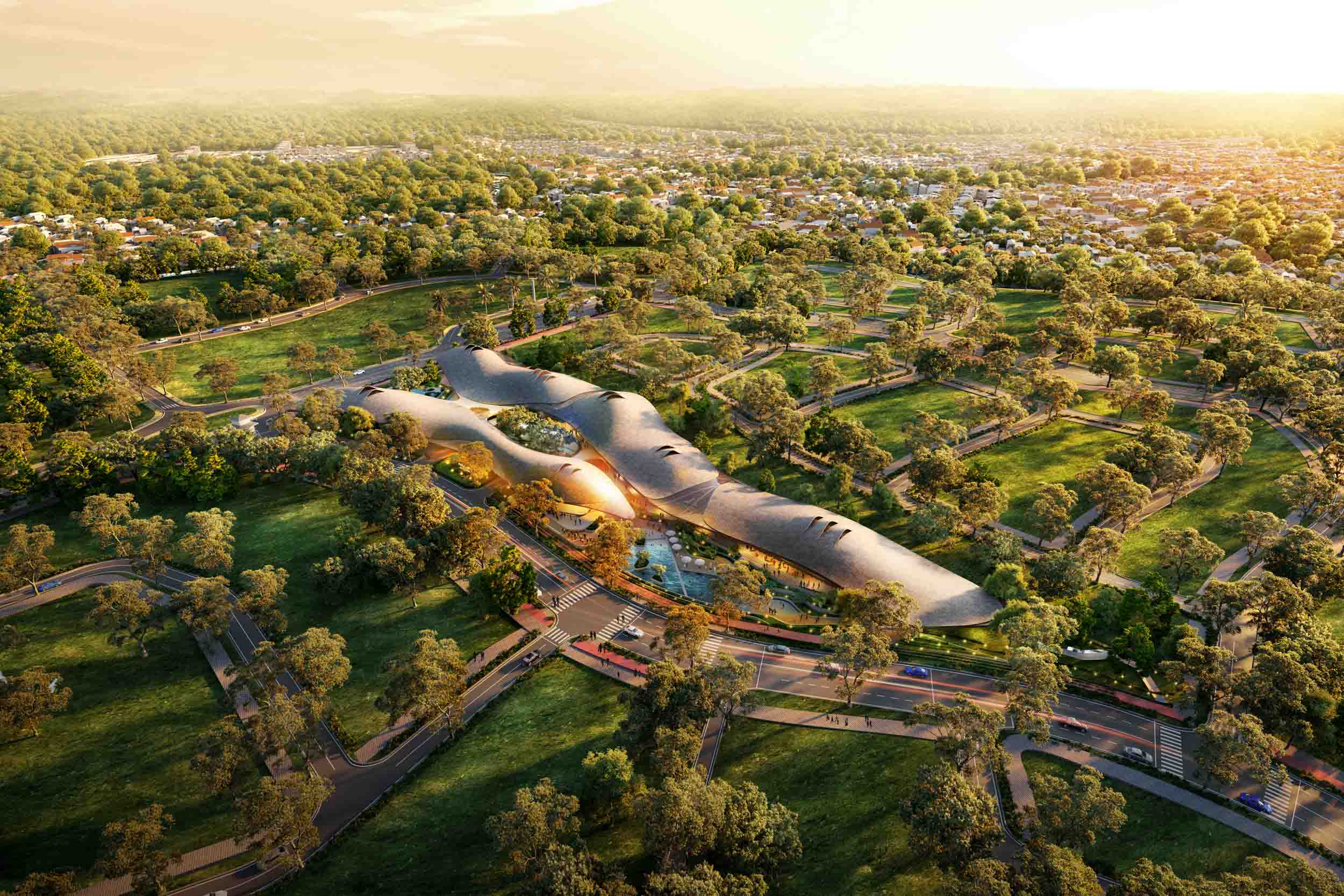
We explored the intersection between climate & ritual to show how to integrate both environmental conditions and cultural practices specific to the Philippines into the design approach.
Design can no longer be about creating static solutions; it must generate adaptive frameworks that can evolve with our changing world. By embracing complexity, challenging conventions, and instigating a sense of wonder, we create spaces that become drivers of lasting value. Our approach cultivates environments that don’t just endure—they appreciate over time, responding dynamically to evolving social, environmental, and market forces while building intrinsic worth through meaningful engagement in a world with countless demands on our finite attention.